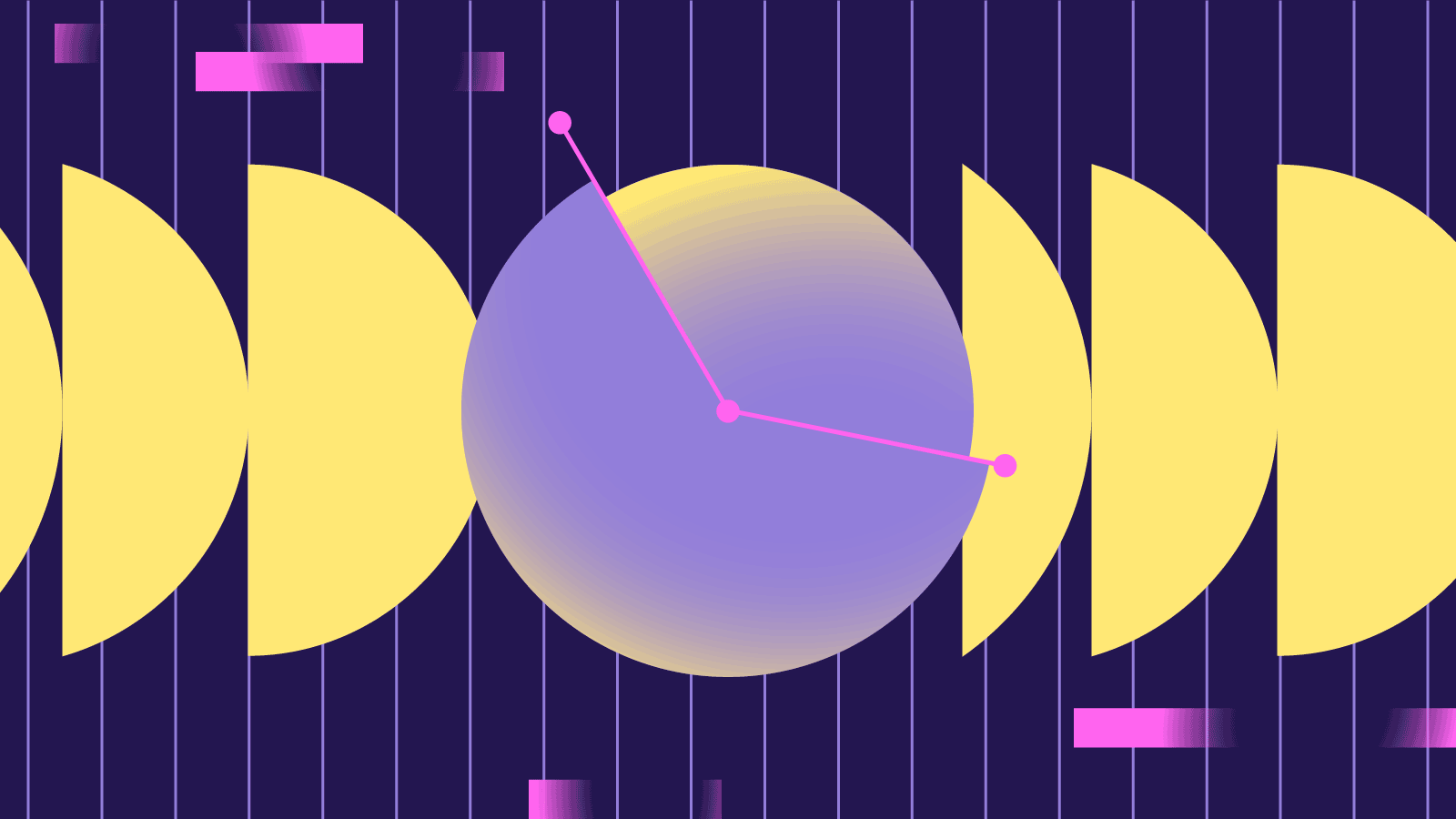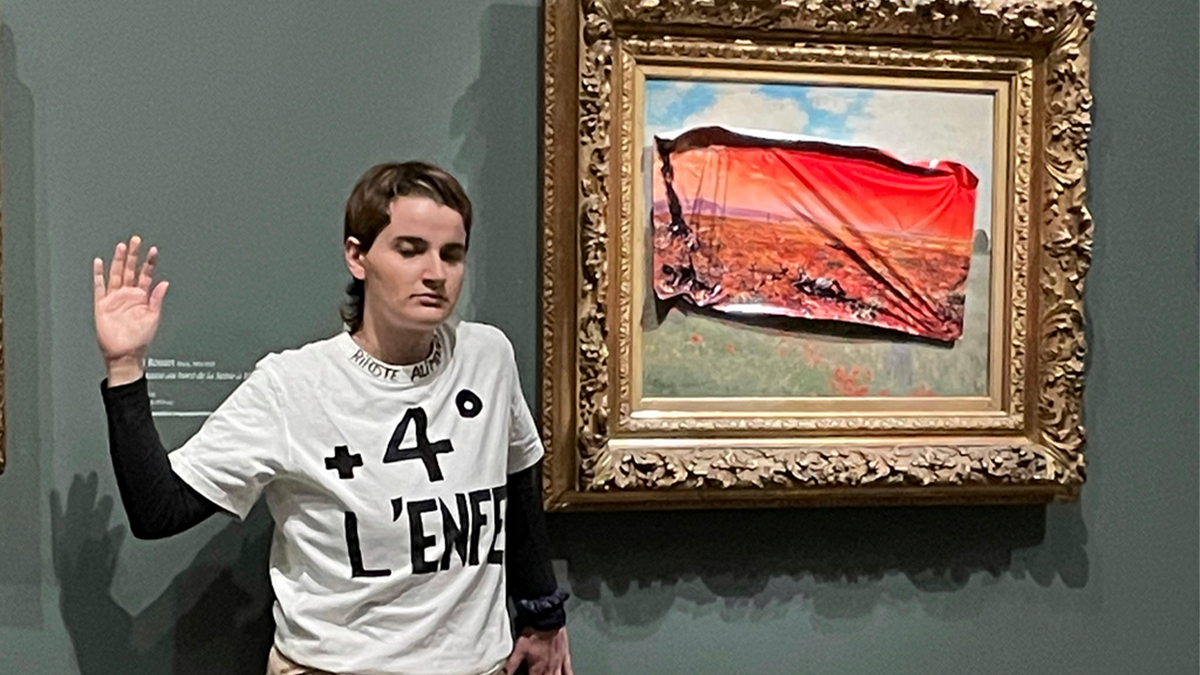Across her two books, How to do Nothing: Resisting the Attention Economy and the new Saving Time: Discovering a Life Beyond the Clock, Jenny Odell excels at asking questions that unpeel a section of our brains. Her work prompts readers to unpack things they weren’t even conscious they’d accepted as truth—that more productivity is always the goal, that time is something to be spent or saved or wasted.
Odell describes How to do Nothing, published in 2019, as “a field guide to doing nothing as an act of political resistance to the attention economy.” Though the first part—doing nothing—is often what catches people’s eye, the second half is equally vital. Odell isn’t arguing that we should nap all day, or spend our free time just scrolling on our phones; instead she maps out various kinds of nothing—bird-watching, learning the names of trees and plants around us, getting to know our neighbors, the many kinds of slow engagement that aren’t “productive” in an economic sense, but are an essential part of feeling like a person and a member of a community. I’ve been eagerly waiting for her new book since I heard her say in an interview that it began with an attempt to understand “the history of the idea that time is money.” Saving Time not only traces this history of this “industrial model of time,” in which time is reduced to “an input just like water, electricity, or corn cobs,” but also uncovers other ways of experiencing time.
Odell’s two books highlight the way that time and attention are often cast in capitalism’s terms—presented as things we can save or earn or spend but never really savor. This way of understanding time, as a scarce resource to be hoarded and distributed carefully, likely resonates with all of us, but I think it’s especially relevant for writers, given the pressure many of us feel to write more and publish faster, to self-promote and personal brand our way into an economic security that’s increasingly elusive.
All of those pressures are real. But they’re not the full story. What I’ve found in my own writing life is that my best attempts at buckling down, getting serious, and managing my time have produced not more or better writing but a kind of tightening across my heart and brain that are actually the opposite of creative work. Odell’s books invite us to think about time and attention in new ways—not as individual goods to be spent or saved, hoarded or wasted, but as a capacity to be cultivated. This is especially vital for writers, I think, because time and attention—what we see, how we spend our days—are the most basic materials of our art.
My best attempts at buckling down, getting serious, and managing my time have produced not more or better writing.
This craft essay presents some of the big ideas that have been most important to me across Odell’s two books alongside examples from other writers and artists and suggestions for how you might try these ideas in your own writing practice. They’re not prompts in the conventional sense—as in, follow these directions and you’ll produce a draft of a new poem—but rather invitations or perhaps experiments, ways of creating space for your creative spirit. You might think of them as ways to, as one participant in a workshop I taught recently put it, leave the door open. They might be, as the poet Keith Leonard put it, when we talked about Odell’s work, “little rope bridges into poetry-land.”
Redefining productivity and making space for doing nothing
Odell’s work is an invaluable counter to the omnipresent drive to “be productive,” even in our leisure hours, even while sick or mourning, even as our planet is burning or melting. When I hear myself talking about my own “productivity,” I often hear a little whisper of Odell that reminds me to question the terms by which I’m measuring my creative life: “Productivity that produces what? Successful in what way, and for whom?”
Attention is a vital resource, Odell argues, because “patterns of attention—what we choose to notice and what we do not—are how we render reality for ourselves, and thus have a direct bearing on what we feel is possible at any given time.” These first exercises suggest a few ways to begin practicing your attention.
Try it out: a Real Things walk
Go for a walk and record, as poet Linda Gregg puts it in her essay “The Art of Finding,” at least ten real things. As Gregg says, these should be “not beautiful or remarkable things, just things.” Focus on nouns. Be sparing with your modifiers. No metaphors or gorgeous descriptive language. If you notice flowers, birds, dogs, and so on you don’t know the precise name of, try to look them up.
Try it out: blind contour drawing
Do nothing. It should be something you’re not required to do. Ideally, it will feel restful.
I learned this one from Wendy MacNaughton’s podcast, Draw Together. Following the directions in this podcast, do a blind contour drawing of an object or place that’s familiar to you. What I love about this exercise is that it’s not really about making a good drawing, but about practicing attention to shape and light and texture. You could think of your drawing as a lead-in to writing, or just a way of honing your attention to the world around you.
Try it out: a little restorative nothing
Do nothing. It should be something you’re not required to do. Ideally, it will feel restful; it shouldn’t produce a little zing of productivity. Going for an aimless walk is great; walking briskly to the library to return some books on the way to pick up your kid from t-ball is also great but doesn’t count as nothing (for our purposes). Baking a cake because you feel like it is great, but rushing to cook dinner is not, or it’s not really the nothing we’re after here. Staring into the distance is a great form of nothing.
Beneath your feet: exploring bioregionalism
A central takeaway for me from Odell’s work is the importance of feeling connected to a particular time and place. In How to do Nothing, Odell writes that she never feels like she’s fully arrived somewhere new until she can name some of the flora and fauna around her, and she uses an app to help her identify the plants she notices. Odell discusses this practice in the context of bioregionalism, which she explains includes “awareness not only of the many life-forms of each place, but how they are interrelated, including with humans.” Poet Erika Meitner told me she’d read How to do Nothing just before the beginning of the pandemic, and “her focus on naming in the book became really important to my sense of place.” Meitner shares that “I started to use i-Naturalist to identify flora and fauna and purple crown vetch and ditch lilies and chickory started to wend their way into my writing.” For Meitner, this practice not only helped her sustain her writing life when the actual distance she could travel was greatly circumscribed, but also had a deeper significance: “this idea that physical place is the opposite of the attention economy.”
Try it out: learn to name the world around you
Learn the names of the plants or birds or insects or cultural or ecological phenomena around you. The Cornell Lab of Ornithology’s Merlin Bird ID app identifies bird species, or you could use i-Naturalist, as Erika Meitner suggested. Local news, historical societies, and neighbors are a great way to learn the quirky history and complex present of where you live.
Experiencing Timefulness
In Saving Time, bioregionalism is extended through time via timefulness, which is the idea that time and space are inseparable. According to geologist Marcia Bjornerud, who coined the term timefulness, “the events of the past are still present.” We can see this most easily, Bjornerud explains, in rock strata and tree rings, since those show the shifting layers through which they were built, but once you’ve got the concept, you can see it everywhere. In my own old neighborhood, many of the houses were built before most people owned cars, and so some of the side doors open into grass, rather than into the driveways that were jammed in decades later. Time is visible as I walk my dog, once I know where to look.
How do we learn to see time? Odell explains that “one way to see time is to pick a spot and pay attention to it.” Two examples of artists whose practices reflects that desire:
In an interview with Southeast Review, the poet Kathryn Cowles described a challenge she developed for herself while writing Maps and Transcripts of the Ordinary World:
“So, I picked a bench with this overview of the lake, right by where I teach, and I went there every day for—the idea was—two weeks, and I would sit down. I would snap a kind of mundane photo of exactly the same scene, with a couple of trees and a boathouse, and then the lake behind it, and then I would write a poem.
I found after two weeks that I had to keep doing it, that I really wanted to keep doing it. I wasn’t getting bored with myself because I wasn’t writing about myself. I was writing about the lake that I kept looking at over and over again, and it would change. The number of ways that I described this surface of the lake, just the lake, just the water on the surface, because it would be just different every day, it would make me think of something else.”
The interdisciplinary artist Gina Siepel’s ongoing project, To Understand a Tree, is another example of deep engagement with time and place. In this project, Siepel has collaborated with naturalist Kate Wellspring in long-term study of “the dignity of a living tree and its network of eco-systemic relationships.” Or, to put it more simply, as Siepel did when we were residents together this winter at the Vermont Studio Center, it’s about having an ongoing relationship with one tree, in this case a 100-year old northern red oak. During weekly visits, Siepel shoots video, writes, observes, and meditates; a set of activities on their website provides a starting point for getting to know a tree that you could use in your own space.
Try it out: seeing time
Pick a place of your own and observe it regularly, whether that’s every day or once a week. You might take a photo, as Cowles does, or do a drawing, perhaps Wendy Mac’s blind contour drawing from above. The challenge here is not only to see what changes through regular observation, but how you are changed through that attention.
Time is Beans
In one of my favorite sections of Saving Time, Odell proposes a new metaphor for understanding time. Rather than accepting that “time is money,” she argues instead that:
“Time is beans. If we understand time as beans, time isn’t limited or scarce or the property of one individual; instead, seeing time as beans means that you could plant time and grow more of it and that there were different varieties of time. It meant that all your time grew out of someone else’s time, maybe out of something someone planted long ago. It meant that time was not the currency of a zero-sum game and that, sometimes, the best way for me to get more time would be to give it to you, and the best way for you to get some would be to give it back to me. If time were not a commodity, then time, our time, would not be as scarce as it seemed just a moment ago. Together, we have all the time in the world.”
Try it out: a different kind of day planner
We’ve been taught to see time as a set of interchangeable blocks. Think of a paper planner with space to write appointments or map the meetings and tasks of a work day, or an online scheduler: all of those chunks are equivalent, identical blocks to be spent or squandered. But I don’t think time really feels like that. You might experience a certain section of your morning as a bright, fresh time when your brain’s awake and ready for creative work. Or perhaps the quiet of late night sparks your creative impulses. Try drawing what your day or week or month feels like. Are some sections bright yellow while others are gray? Are there wiggles in some spots and zigzags in others? And then, consider how seeing your time visually might change the way you approach your creative practice.
Together, Odell’s books point to the expansive possibilities of understanding both time and attention not as individual goods to be spent and sold and saved and wasted—but as collective goods, to be shared and cultivated and practiced in community. Instead of paying attention, we can practice it. Instead of managing time, we can garden it. And think about all the art we might grow, if we practice our creative work that way instead.

























































